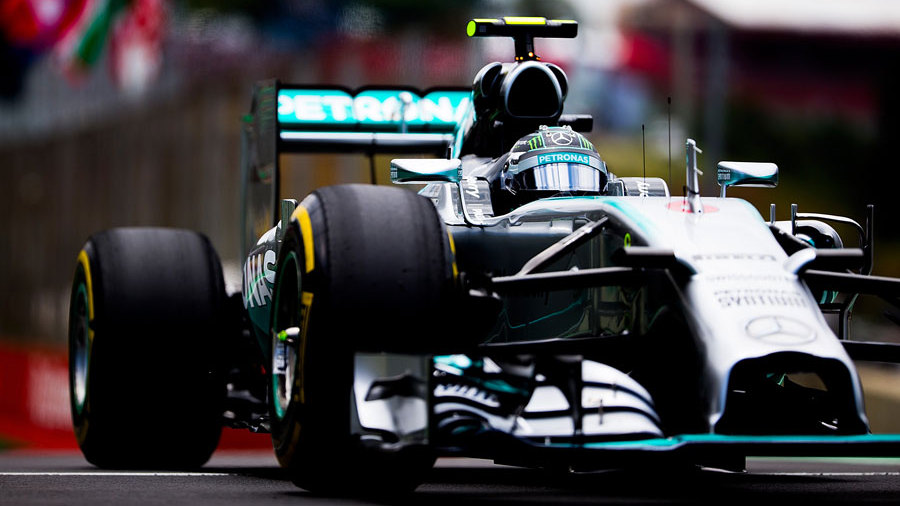- Mercedes
Importance of aero underrated - Lowe

Mercedes technical boss Paddy Lowe says the importance of aerodynamics under F1's new engine regulations should not be underrated.
Mercedes' V6 turbo power unit is often credited for the team's success in 2014 and was more powerful and efficient than rivals Renault and Ferrari. However, Lowe was keen to stress that the team's aerodynamic package, which featured some pioneering designs, was more important than it has been in recent years.
"A lot of the talk of the new formula has been about power units, but actually aerodynamics have become more crucial than ever," he told the 2014-2015 Autocourse annual. "Incorporating the power unit in a car with the minimum aero impact is more important than before, not less."
Among Mercedes' aerodynamic innovations was a unique front suspension layout, which featured a compact and forked lower wishbone rather than the wide 'V' shape used elsewhere. Although difficult to design from a structural point of view, it helped improve the airflow around the front tyres and therefore improve front wing performance and aid airflow to the sidepods.

"The front suspension was a big part of the aero performance and that project was started in June/July of 2013," Lowe added. "To make it work structurally was quite difficult. But we could see fairly early that it was feasible, so we went with that aero concept and let the structures guys loose on it."
Lowe said another key factor was cooling, so as to package the new power unit with minimal drag.
"A good part of the story has been cooling efficiencies that were achieved. We did it bit by bit, pushing the efficiency of each part of the cooling circuit up, and that's what brings the sizes down. Your first go at it is not nearly as good as your 27th go. Initially it had looked like the whole story of the car was going to be, 'How are you going to get in enough heat-exchange areas to get the job done?' By the time we arrived with a car that seemed little different to the year before in terms of radiator area etcetera, that felt pretty amazing as an achievement."

